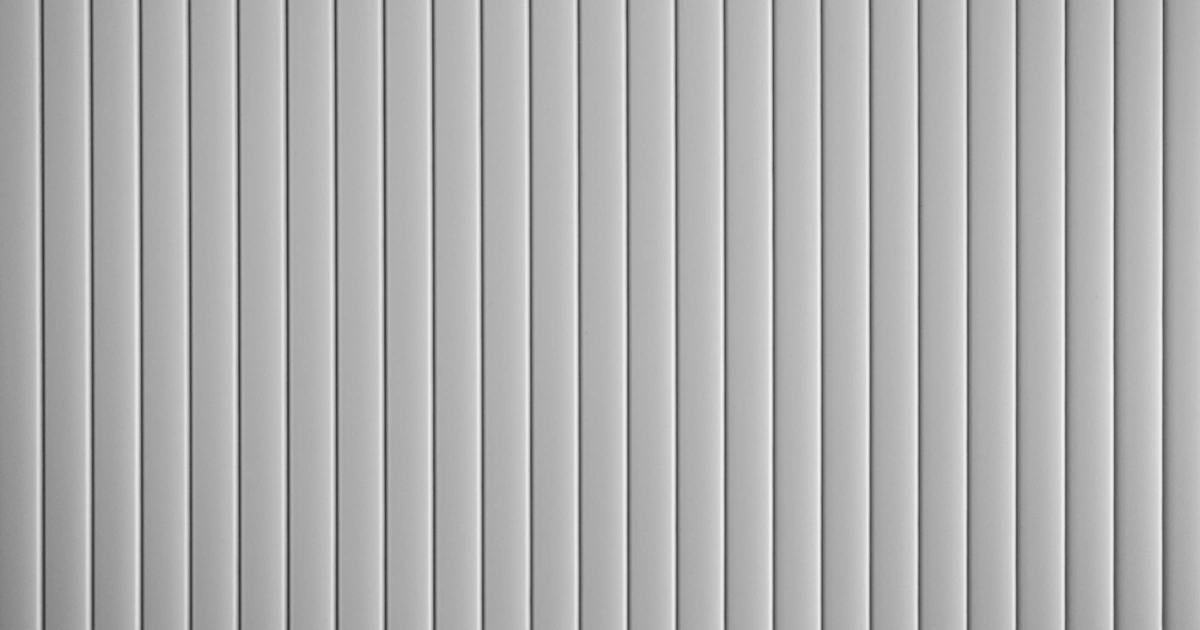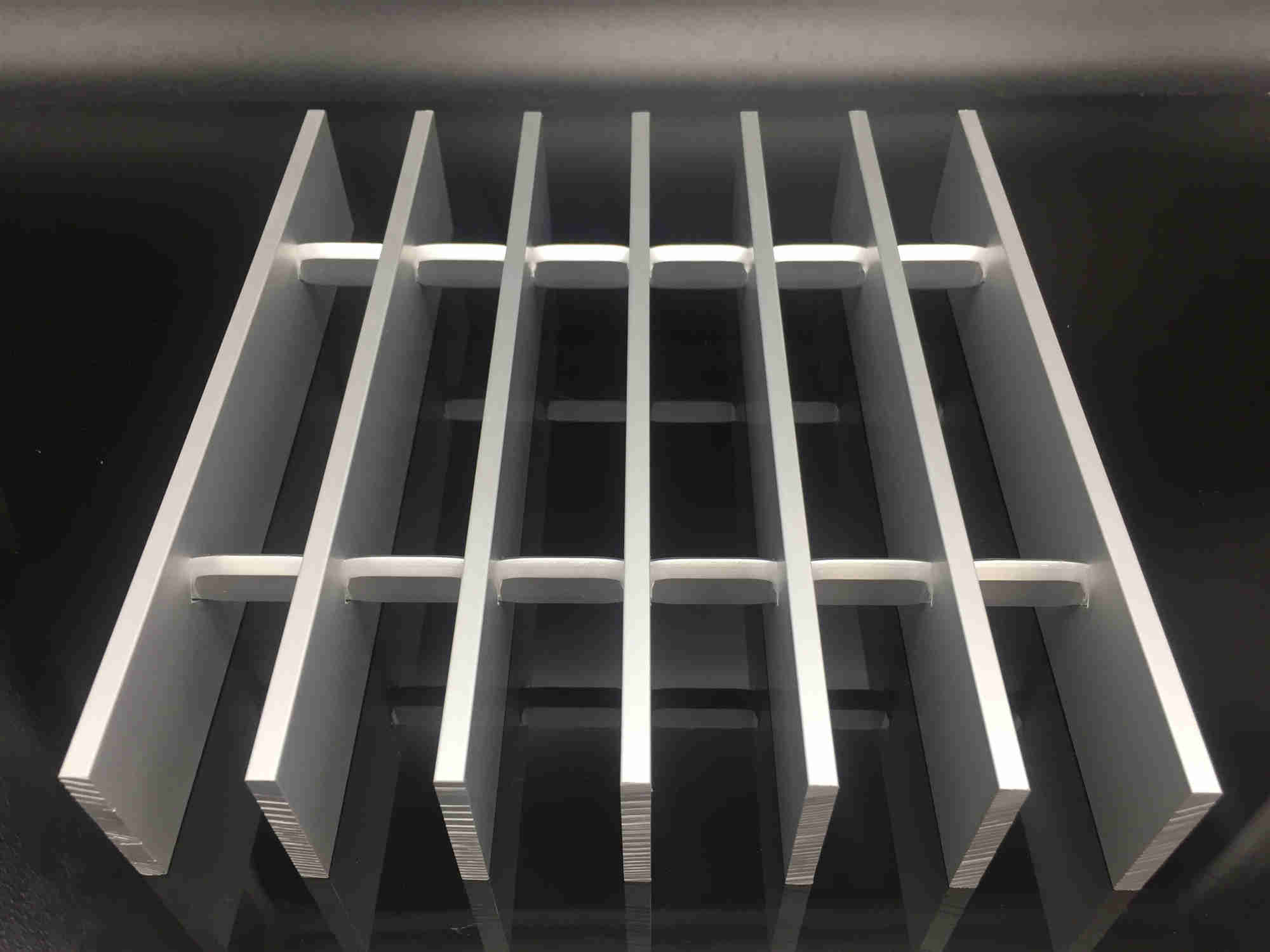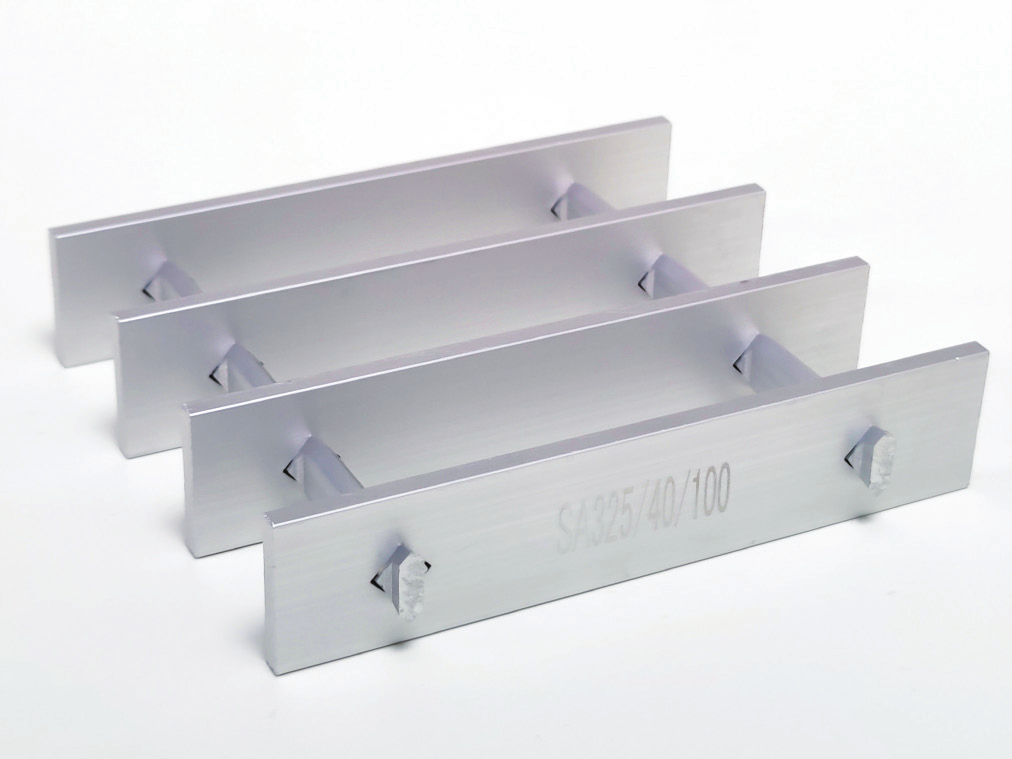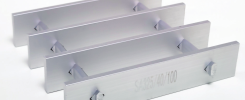When choosing the grating material you need for a construction project, you may be deciding between aluminum or steel. Both steel and aluminum have their unique advantages and disadvantages, and choosing between them requires an understanding of the performance, cost, and longevity of both materials. So let’s dive into the nuances between aluminum and steel grating to help you determine which material is better for you.

Basic information on steel and aluminum grating
Before comparing the performance of these two materials, it is necessary to understand what they are.
Aluminum grating is made from high-quality aluminum sheets that will consist of flat and square aluminum to form many different grid-like structures.
Steel grating, on the other hand, is usually made from carbon steel or stainless steel. It is a steel product made of flat steel arranged crosswise with crossbars at a certain spacing and welded to form a square lattice in the center.
Aluminum grating vs. steel grating
Corrosion resistance
Corrosion resistance is a major issue in outdoor construction. Especially when exposed to moisture, chemicals, or salt water. Aluminum has a clear advantage in this regard.
The naturally occurring oxide layer of aluminum grating panels makes it an excellent. This makes it an excellent choice for marine environments, sewage treatment plants, and other corrosive environments.
Steel grating, especially carbon or plain steel, can easily rust and corrode if not handled properly. Stainless steel offers better corrosion resistance but costs more.
Density and weight
There is a large difference in weight between the two materials since aluminum has a density of only 2.7 g/cm³ compared to 7.8 g/cm³ for steel. So for the same size, aluminum is only a third of the weight of steel. This lightweight characteristic makes aluminum grating panels easier to handle, transport, and install.
In this case, aluminum grating is ideally suited for applications with high weight requirements. For example, in offshore platforms or high-rise buildings, this lightweight material saves money and facilitates installation. This also reduces the weight pressure of the building on the foundation, ensuring safety.
Steel grating is heavier and more challenging to handle and install. However, weight usually leads to greater strength.

Strength
Steel is usually superior to aluminum as far as strength is concerned. It is more resilient, stronger, and more durable, making it ideal for heavy construction projects where sturdiness is a prerequisite. Steel’s high tensile strength makes it the material of choice for structures that need to withstand significant stress or weight.
Steel grating is ideal for use in industrial platforms, access roads, and stairways that require large loads.
Aluminum grating is not as strong as steel and its toughness cannot be compared to steel. However, aluminum is strong enough for many applications where weight is a factor.
Maintenance and durability
Aluminum requires only a small amount of maintenance to last for up to decades. Steel structures, on the other hand, require regular maintenance, making aluminum grating superior in terms of longevity.
Aluminum grating requires minimal maintenance due to its corrosion resistance. It only needs to be wiped clean using soapy water and a rag. And it can last up to 20 years, even in humid environments like the coast.
Steel grating, on the other hand, requires maintenance every three years, which includes cleaning the steel structure of dust, rust, and other dirt before painting. And all of this adds up to long-term costs. Even stainless steel grating has a life expectancy of 20 years in an indoor environment, while this figure is drastically reduced if it is in a wet environment.
Environmentally friendly
In today’s world, it is more important than ever to consider the environmental impact of materials. Both materials are highly recyclable and environmentally friendly.
Aluminum grating is highly recyclable and it can be used repeatedly. This makes aluminum an environmentally friendly option.
Steel grating is equally 100% recyclable. And it can be recycled over and over again in a closed-loop material flow to produce new products.
Design flexibility
For architectural and design applications, the ability to customize to needs is critical. Surprisingly, both hard metals allow architects to be creative.
Aluminum grating is available in a variety of finishes, such as anodized, powder-coated coated, or wood grain. Not only can they be painted in a variety of colors, but they can also be customized in size, thickness, and spacing.
Steel grating can also be easily molded into different shapes and sizes.
Cost
Finally, we come to the deciding factor. The choice between aluminum or steel grating will be influenced by the initial and long-term costs.
Aluminum grating is more expensive, which leads to a higher upfront cost more often than not. However, over time, its lower maintenance costs and longer lifespan will make it more cost-effective.

Steel grating is generally cheaper initially, but costs can increase due to the need for regular maintenance and uninterrupted replacement.
Conclusion
Once you understand the various aspects of comparing the two materials, have you discovered which is better for you, aluminum or steel grating? The answer depends on your specific needs and project budget.
If you need a solution that is lightweight, corrosion-resistant, and low-maintenance, aluminum grating would be the best choice for you. It is ideal for architectural projects that are aesthetically pleasing, easy to install, and have a long lifespan.
Alternatively, if you need maximum strength and load-bearing capacity, and are ready to meet maintenance requirements, then steel grating may be your best choice. Steel grating is ideal for heavy-duty industrial applications where strength and toughness are paramount.
Ultimately, when choosing between aluminum or steel grating panels, you should carefully consider the application requirements, environmental conditions, and long-term costs. By weighing these factors, you can make an informed decision that meets the needs of your project and ensures lasting performance.

If you’re faced with choosing between aluminum or steel grating, start by checking out aluminum grating from HY Industries. We have a sophisticated factory that produces high-quality aluminum grating products. Not only that, but we can provide services from designing the construction project, measuring the site, manufacturing the appropriate products, and finally installing them. For more information, please feel free to contact us online or via e-mail.
FAQ
How thick is aluminum grating?
The thickness of aluminum grating is generally between 2mm and 10mm, and different thicknesses can be selected or customized according to actual needs. The thinner ones are suitable for decorative purposes, while the thicker ones are suitable for projects that require load-bearing.
What is the lightweight metal grating?
FRP grating is the lightest metal grating out there. While aluminum gratings are already lightweight, FRP gratings are even lighter, at less than half the weight of aluminum gratings.


